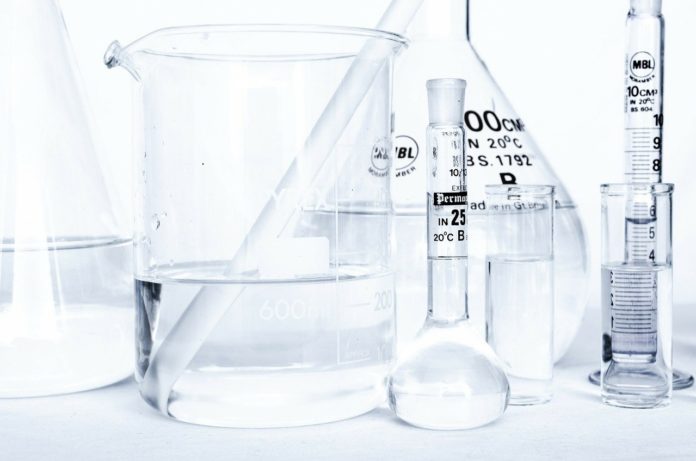
Ka is a measure of the ionization constant, which tells you how many moles of an acid will produce one mole (6.02 x 1023) of its conjugate base.
In this case, Ka refers to benzoic acid and the ph value that we have given for it. Ka can be calculated by dividing the concentration (in molarity) by 0.20 Ã- log(2). Ka = (c/0.20).
Ã- log(pH), so Ka= 0.14 Ö const, or Kb=-log((c*0.020)/(0.02)) Ka is a measure of the ionization constant.
Which tells you how many moles of an acid will produce one mole (602×1024) of its conjugate base.
In this case, Ka refers to benzoic acid and the ph value that we have given for it.
Ka can be calculated by dividing the concentration in molarity by 20 times logarithm of pH level change:
Ka=(concentration * 20)*log(ph); so Kw=-log ((concentration*0.020)/(0.02)) Learn more about Ka in benzoic acid:
ÂKa can be calculated by dividing the concentration (in molarity) by 20 times logarithm of pH level change, so Ka= 0.14 Ö const., or Kb=-log((conc/20)*pH).




